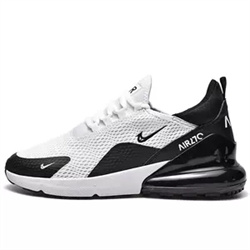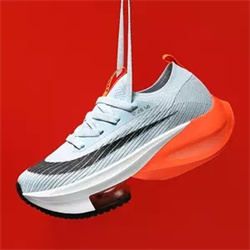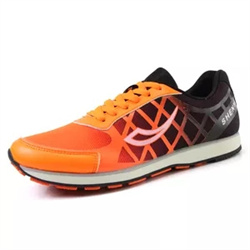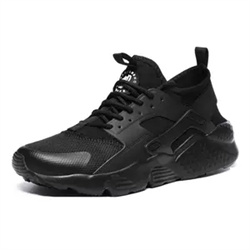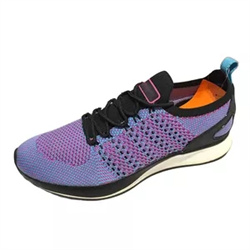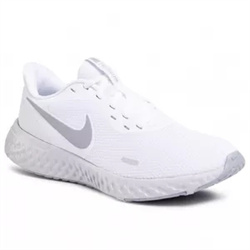Introduction and function of running shoes
Running shoes, as the name suggests, refer to shoes worn for running, and here specifically refer to shoes that are most suitable for running. There are tens of thousands of brands of running shoes. According to different performance and applicable people, running shoes can be roughly divided into three categories: shock-absorbing running shoes, stable running shoes, and motion control running shoes.
According to the needs of biomechanics, running shoes can be divided into three categories: shock-absorbing running shoes, stable running shoes, and motion control running shoes. Running shoes that provide shock absorption usually have a softer sandwich sole to assist the feet in uniform force during exercise and help the feet to absorb shock. The shoe body is usually lighter and the stability is relatively poor. For running shoes that provide stability, the sole usually has a TPU plastic sheet with uniform force or a high-density material structure on the inner side. These special designs can prevent injuries caused by slight inversion of the foot and provide good support and durability for the inner edge of the foot. Running shoes that provide motion control are usually stiffer. They can reduce or control excessive inversion of the foot and prevent ankle injuries. The weight of such running shoes is usually heavier than other running shoes. The structure is generally, the inner layer is a large-area uniformly stressed TPU plastic sheet and a high-density reinforced material extending to the forefoot stress point to control the pronation of the foot, and the sandwich sole provides durability; the outer rubber is more wear-resistant.

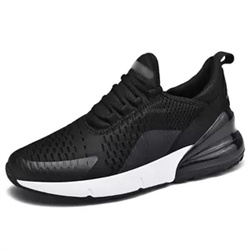

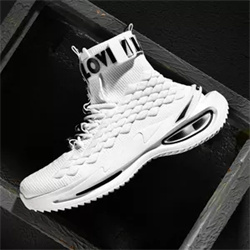



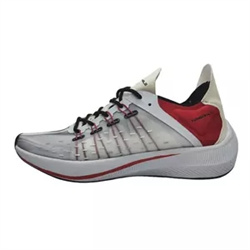




Structural similarity of running shoes
The main structure of better quality running shoes is similar regardless of the brand. The outsole is the layer that touches the ground, with a slightly harder texture, abrasion resistance, and non-slip function. There are also a few very lights running shoes that do not have an outsole. These shoes are only suitable for running on a treadmill. The middle bottom is the most important shock-absorbing layer. It is softer than the outsole. The support at the arch of the foot can control the twisting force of the shoe and transmit the impact force from the heel to the sole of the foot. The shock absorber in the heel is the most important, and each brand has its own technology and characteristics. The insole can usually be taken out, and it is the last line of defense for shock absorption and correction of foot defects. There are mainly three types of shoe uppers: pure leather, GTX fabric, and nylon weaving. The main purpose is to make the foot and the shoe tightly integrated and has the function of ventilation and heat dissipation. The hard upper of the heel can improve the stability of the foot when it hits the ground.


